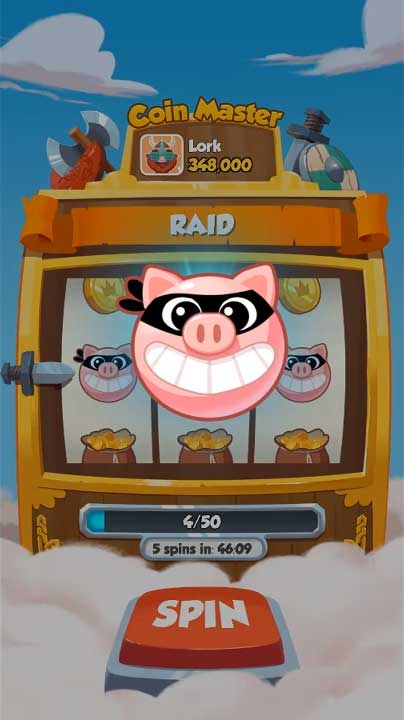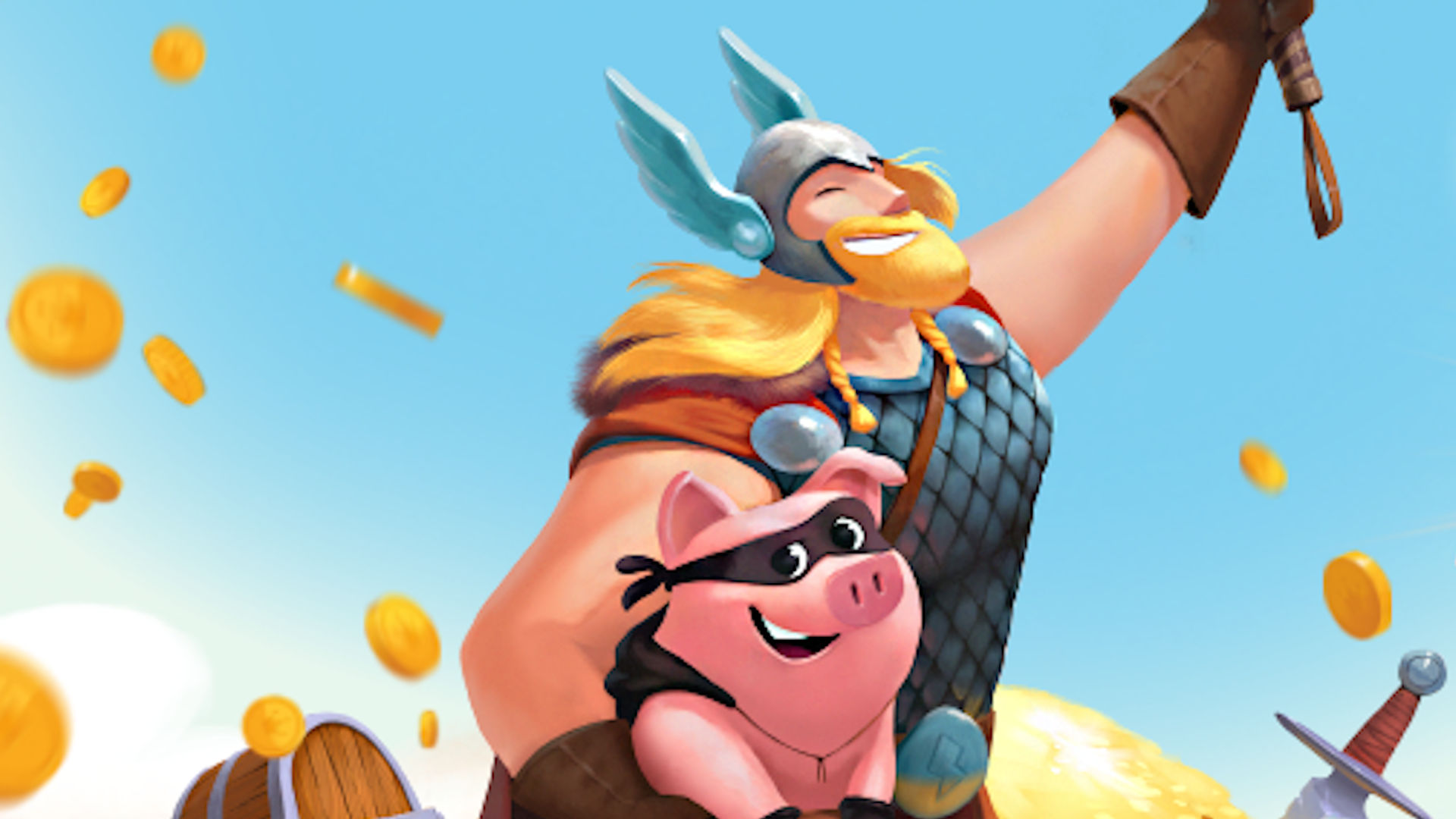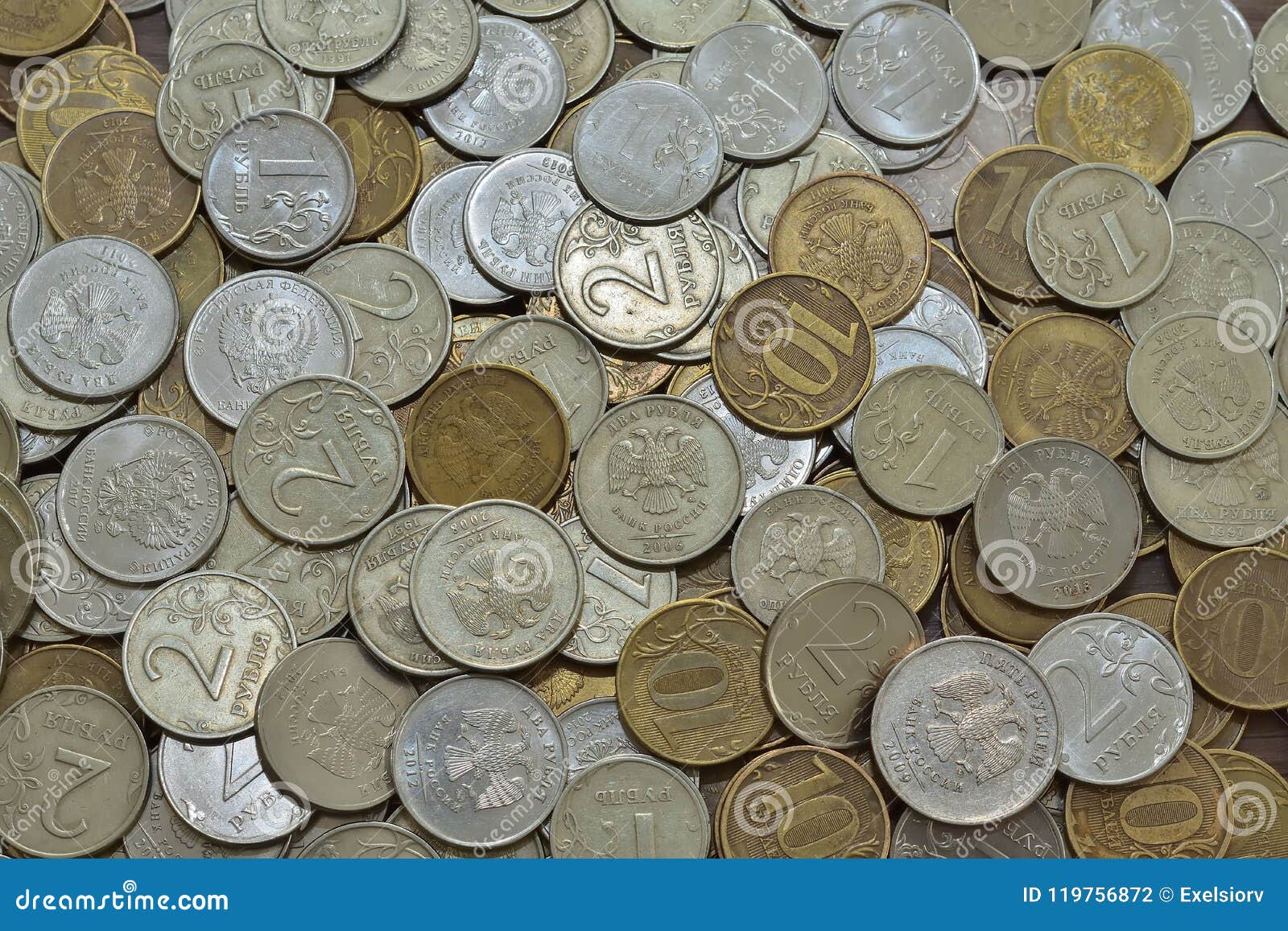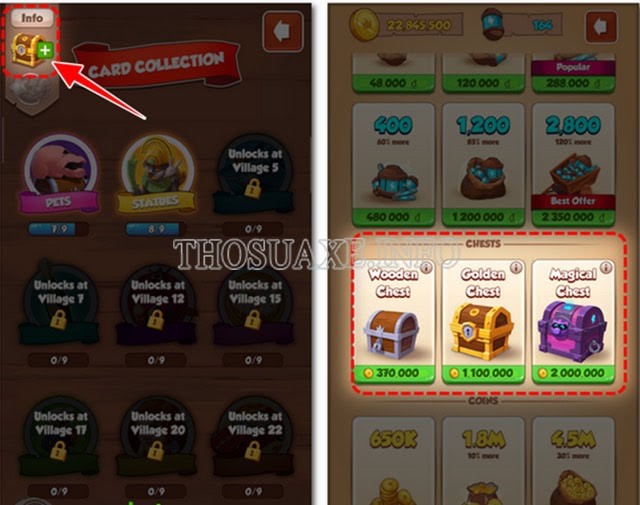Coin Levvvel
#1 Worst Coin Investment - TV Shopping Show Dealers and 'Mints.' Number One on the list is the TV shopping network 'coin dealers' and premium 'mints' that sell nice looking commemorative coins for exorbitant prices. Unfortunately, these coins have no additional value beyond their bullion or face value when you or your heirs eventually sell them. How many coins to level from 58 to 60 wow classic. We used Zygor to accomplish this in about 20 minutes, but you can do it in 10 minutes if you collect the r.

Coin grading[1] is the process of determining the grade or condition of a coin, one of the key factors in determining its value. A coin's grade is generally determined by five criteria: strike, preservation, luster, color, and attractiveness. Several grading systems have been developed. Certification services professionally grade coins for tiered fees.
Overview[edit]

- Coin Dozer wants to make you a winner! We’re doubling the weekly prize pool and increasing the grand prize award to $1,000! Enter Coin Dozer Sweepstakes to win Amazon.com gift cards in daily and weekly drawings. No purchase necessary to enter or win (see restrictions below). Join the millions of.
- Fastest live cryptocurrency price & portfolio tracker with historical charts, latest coin markets from crypto exchanges, volume, liquidity, orderbooks and more!
A 'grade' measures a coin's appearance. There are generally five main components which determine a coin's grade: strike, surface preservation, luster, coloration and eye appeal. Grading is subjective and even experts can disagree about the grade of a given coin.[2][1]
History[edit]
U.S. coin grading has evolved over the years to a system of finer and finer grade distinctions. Originally, there were only two grades, new and used. This changed to the letter grading system beginning with the lowest grade – Basal State (also Poor (PO)), then continuing Fair (Fr), About or Almost Good (AG), Good (G), Very Good (VG), Fine (F), Very Fine (VF), Extremely Fine (EF), Almost or About Uncirculated (AU), Uncirculated (Unc) and up to Brilliant Uncirculated (BU). Gem Uncirculated was roughly equivalent in usage to BU at that time. Numerical grades from 1 to 70 now accompany the verbal grades.[3][4][5][6]
Systems[edit]
Early grading systems[edit]
The quality of all coins is not equal and collectors felt the necessity of defining the quality of the coins in order to assess their value. Rim damage, nicks, polishing, cleaning, scratches and other forms of wear are considered factors in grading a coin. Whether or not a coin shows evidence of having been mounted in jewelry also affects its grade.
In the early years of coin collecting, three general terms were used to grade coins:
- good - when circulation had worn the surface of the coin, but major details were still visible.
- fine - when features were less worn and a bit of mint luster showed on the surface. Most major and minor detail visible
- uncirculated - when the features of the coin were sharp and the luster approaching the state of a new coin at the mint.[7]


Con Level 1 Courses
Sheldon grading system[edit]
As the collector market for coins grew rapidly in the late 19th and early 20th centuries, it became apparent that a more precise grading standard was needed. Free 3d slot games. Some coins were simply more fine than others, and some uncirculated coins showed more luster and far fewer marks than others. Terms like 'gem uncirculated' and 'very fine' began to see use, as more precise grading descriptions allowed for more precise pricing for the booming collector market.
In 1948, well-known numismatist Dr. William Herbert Sheldon attempted to standardize coin grading by proposing what is now known as the Sheldon Scale, as is detailed below. Sheldon's 1 to 70 grading scale[clarify], included in his book Penny Whimsy, was originally devised for U.S. large cents but it is now applied to all series.[8]
European grading system[edit]
European countries use various, roughly equivalent, grading systems. Zynga game of thrones. The main features of their systems are presented in the following table:[9]
Level Coin Master
| Adjective | Design remaining | United Kingdom | France | Spain | Italy | German-speaking | Scandinavia | Netherlands | Portugal |
|---|---|---|---|---|---|---|---|---|---|
| Good (G-4) | 10% | G | AB (Assez Beau) | RC | M | GE (Gut erhalten) | 2 | G (Goed) | REG |
| Very Good (VG-8) | 25% | VG | B (Beau) | BC | B (Bello) | SGE (Sehr gut erhalten) | 1- | ZG (Zeer Goed) | MREG |
| Fine (F-12) | 50% | F | TB (Très Beau) | BC+ | MB (Molto Bello) | S (Schön) | 1 | Fr (Fraai) | BC |
| Very Fine (VF-20) | 75% | VF | TTB (Très Très Beau) | MBC | BB (Bellissimo) | SS (Sehr schön) | 1+ | ZF (Zeer Fraai) | MBC |
| Extremely Fine (EF-40, or XF-40) | 90% | EF/XF | SUP (Superbe) | EBC | SPL (Splendido) | VZ (Vorzüglich) | 01 | Pr. (Prachtig) | Bela |
| About Uncirculated (AU-50) | 95% + some luster | UNC | No use | No use | MSPL (MoltoSplendido) | UNZ− (Fast unzirkuliert) | 0-01 | No use | No use |
| Mint State (MS-60 to 64) | 100% + luster | BU | SPL (Splendide) | SC | SPL/FDC | UNZ (Unzirkuliert) | 0 | FDC (Fleur de Coin) | Soberba |
| Mint State (MS-65 to 70) | 100% + full luster | FDC | FDC (Fleur de Coin) | FDC | FDC (Fior di Conio) | STGL (Stempelglanz) | 0 | FDC | FDC (Flor de Cunho) |
American Numismatic Association scale[edit]

As the hobby of numismatics evolved, the need arose for a more concrete grading system. In 1978, the American Numismatic Association published the Official A.N.A. Grading System for United States Coins.[10] It established grading tiers of, in descending order of preservation, Mint State, About Uncirculated, Extremely Fine, Very Fine, Fine, Very Good, Good and About Good. Most numismatists, as well as third-party grading services, also use two other descriptors for the lowest grades, Fair and Poor. The higher tiers on this scale each encompass two or more 'sub-grades' denoted by the appending of the corresponding Sheldon scale number, such as Very Fine-20 or Very Fine-30. This allows for the recognition of coins which exceed the standard for a given tier, but do not meet the criteria for the next. Grades are commonly abbreviated, and not all numismatists use the numerical grades, so a grade of Fine-12 may be rendered as Fine, F-12, 12 or simply F.[10]
Certification services[edit]
Coin certification services emerged in the 1980s as a response to the need for buyers and sellers to agree on grading.[11] For tiered fees, certification services grade, authenticate, attribute, and encapsulate coins in clear, plastic holders.[12][13]Professional Coin Grading service (PCGS), Numismatic Guaranty Corporation (NGC), Independent Coin Graders (ICG), and American Numismatic Association Certification Service (ANACS) are the most popular services, according to experts. These are the only services whose coins have a special section on eBay, the largest rare coin marketplace. All four firms guarantee the grades and authenticity of their certified coins. Together they have certified over 80 million coins.[3][4][5][6]
At each of the four main grading companies, a similar process is used. Each coin is graded (on a verbal and 1 to 70 numerical scale) and authenticated by two or more graders, and then assigned a final grade by a finalizer, based in part upon the recommendations of the prior graders. Depending on the company, various descriptors may be added, such as Full Bands for Mercury dimes, Full Bell Lines (FBL) for Franklin Half Dollars, or Deep Mirror Prooflike (DMPL) for Morgan dollars, and the coin's die variety may be noted. The coin is then slabbed and returned to the customer.[3][4][5][6] In 2010, PCGS and NGC introduced 'Plus' grading for high-end coins graded XF45 to MS68. A plus symbol (+) is added after the grade.[14][15]
In 2007, the Professional Numismatists Guild (PNG), a US association of rare coin dealers, released the results of a survey of major coin dealers who gave their professional opinions about 11 certification services. PCGS and NGC were rated 'Superior' overall, with ANACS and ICG deemed 'Good'. PCI and SEGS were listed as 'Poor', while called 'Unacceptable' were Accugrade (ACG), Numistrust Corporation (NTC), Hallmark Coin Grading Service (HCGS), American Coin Club Grading Service (ACCGS), and Star Grading Services (SGS).[16][3][4]
Counterfeit NGC and PCGS holders have been reported, but significant measures have been taken by both services to remedy the problem, such as NGC's use of photographic verification for every coin certified and both services' employment of serial number verification and anti-counterfeiting features in their holders.[17][18][3][4]
See also[edit]
- Troy weight (The system used with coins and precious metals. One troy ounce (ozt) is exactly 31.1034768 grams, about 10 percent more than the avoirdupois ounce, which is exactly 28.349523125 g.)
References[edit]
- ^ abTravers, Scott. 'Introduction'. coingrading.com. coingrading.com. Retrieved 2015-09-09.
- ^Winter, Doug (2001). 'The Five Components of Coin Grading'. Archived from the original on 2010-03-08. Retrieved 2010-06-06.
- ^ abcde'NGC'. ngccoin.com. NGC. Retrieved 2015.Check date values in:
|access-date=(help) - ^ abcde'PCGS Coin Facts'. pcgscoinfacts.com. pcgscoinfacts.com. Retrieved 2015-09-05.
- ^ abc'ANACS'. www.anacs.com/. ANACS. Archived from the original on 2015-03-31. Retrieved 2015-09-05.
- ^ abc'ICG'. icgcoin.com. ICG. Retrieved 2015-09-05.
- ^Androulakis, Yiannis. 'Coin Grading Standards'.
- ^Sheldon, William H. (1990). Penny Whimsy. Sanford S. Durst. ISBN0-942666-62-3.
- ^:'Grading Standards'.
- ^ abhttps://www.pcgs.com/news/how-united-states-coins-are-graded
- ^'Coin Grading Systems - The History of Coin Grading Scales'. About.com. Archived from the original on 16 November 2007. Retrieved 13 December 2009.
- ^'The History of Rare Coin Grading'. Austin Gold Information Network. Archived from the original on 6 September 2009. Retrieved 26 August 2009.
- ^'Coin Grading Services: Who They Are and What They Do'. coin-collecting-guide-for-beginners.com. Retrieved 26 August 2009.
- ^PCGS Secure Plus Service
- ^NGC Launches Plus Designation
- ^'PNG, ICTA Announce Results of 2006 Grading Services Survey'. pngdealers.org. Professional Numismatists Guild. Archived from the original on 2015-09-21. Retrieved 2015-09-07.
- ^'PCGS Announces'. coinweek.com. Coin Week. Retrieved 2015-09-16.
- ^'NGC Confirms Counterfeit Replica Coin Holders'. coinnews.net. Coin News. Retrieved 2015-09-16.
External links[edit]
Con Level 2
| Wikimedia Commons has media related to Coin grading. |
Coin Master Daily Free Spins Links
There are millions of games that are published on the Android and iOS stores. Every day developers develop the games with new concepts but some got popularity some not. Here we are talking about the slot machine game but it is also an adventure category game means, the combination of slot machine game and adventure game, It’s a Coin Master.
Coin Master is a popular game all across the world. Coin Master is the one type of adventure game with slot machine game features. In short, with in-game credit, you have to build your Vikings with coins. Attack, Raids makes your game more delightful.
Now, the short intro of How to play Coin Master?
First, when you open the game, you received 75000 coins after you have to build a village with coins. There are many items in the village and you have to build all of them to complete your first village. The first village’s cost is almost 60000 game coins.
Level Coin Master Spins
How you can get spins and coins daily?
First, you get some spins and coins from coin master. After you have to use spins to earn coins. Every hour you will get 5 spins from coin master. You can get 40 spins from referring your friend. (Note: Your friend never joined coin master earlier). You can get coin master free spins from here without more effort. Coin Master Game Officially publishes free links for spins and coins daily on different platforms.
What do we do?
Betting apps with free money. We just collect all links from different platforms and list out on Coin Master Blog, so you can get coin master free spins and coins links in 2019. If you are searching for coin master daily free spins links today?, you will get a daily update of spins and coins links only on coinmasterblog.com
How do you Play Coin Master with Friends?
Coin Master is a social game so you can play with your friends. When you open the game it asked for login with facebook or play as Guest. If you play as a guest you can not play with your friends. You can play only with random players.
If you want to play with friends, you have to connect the game with Facebook. After connecting with facebook, you can play Coin Master with your facebook friends.
How to send and receive free spins from your facebook friends?
From the menu, click on gifts. On the pop-up window, select which gift you want to send and receive. From the bottom of the pop-up, click on the send and receive a gift, you will get received spins or coins and all your friends will get free spins or coins for free.
Quarter Counter
This amount of spins and coins are not debited from your account so send a gift to your friends every day. Hence, More friends on facebook who play coin master daily, more amount of free spins and coins you will receive every day.